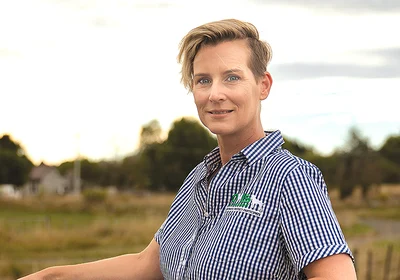Ashburton rated 'medium' for sheep measles

The Ashburton region is rated as a “medium” for the control of sheep measles – according to the latest analysis by the Ovis Management programme.
Of a survey done of 958,079 animals killed at the works, 3659, or 0.4 per cent were graded as infected.
Neighbouring Selwyn district was rated as “high” with 479,203 animals killed, and 2420 infected, or 0.50 per cent.
South Island farmers are currently achieving greater success in the management of sheep measles than those in the North Island according to the analysis.
Sheep measles is caused by the T. ovis tapeworm. Although it poses no risk to human health, it can cause blemishes in sheep meat, which is undesirable for consumers here and overseas.
The Ovis programme works to promote the control of sheep measles through communication and collaboration and by raising awareness of the importance of all dog owners regularly treating their dogs for the tapeworm.
Michelle Simpson, Ovis Management project manager, said controlling sheep measles was important for the primary sector.
“While New Zealand currently has relatively low levels of sheep measles, an outbreak can result in downgrading or condemnation of otherwise healthy animals. Only 20 per cent of affected carcasses are detected during meat inspection at processing plants, therefore the higher the prevalence rate, the higher the risk of meat from affected animals reaching the market,” she said.
“It costs farmers and processors a lot of money due to condemned stock. One concern with Ovis is that if a farmer is not the one sending their lambs for processing, they may not know that they are passing the problem on.”
Data from processors from October 1, 2021 to June 30, 2022 showed that the Southland region had one of the country’s lowest occurrences of sheep measles identified in carcasses, despite sending the highest number of animals for processing.
Of 1,919,242 sheep processed in the region, from 1510 farms, 1884 or 0.1 per cent of carcasses were found to be affected.
Buller and Westport had no affected carcasses, processing just over 13,000 sheep in total.
Most South Island districts recorded low proportions of affected carcasses, apart from Marlborough (0.9 per cent) and Kaikoura (1.0 per cent).
- By Pat Deavoll

